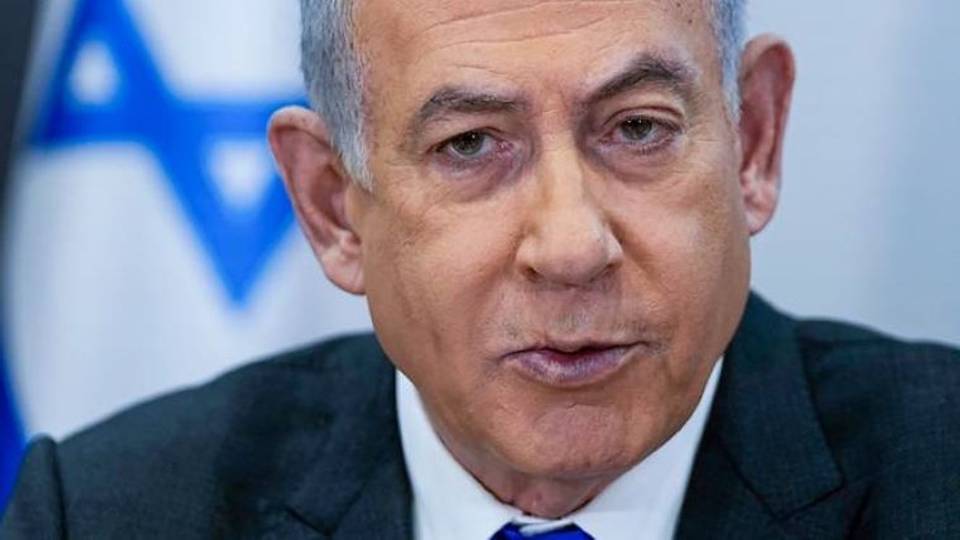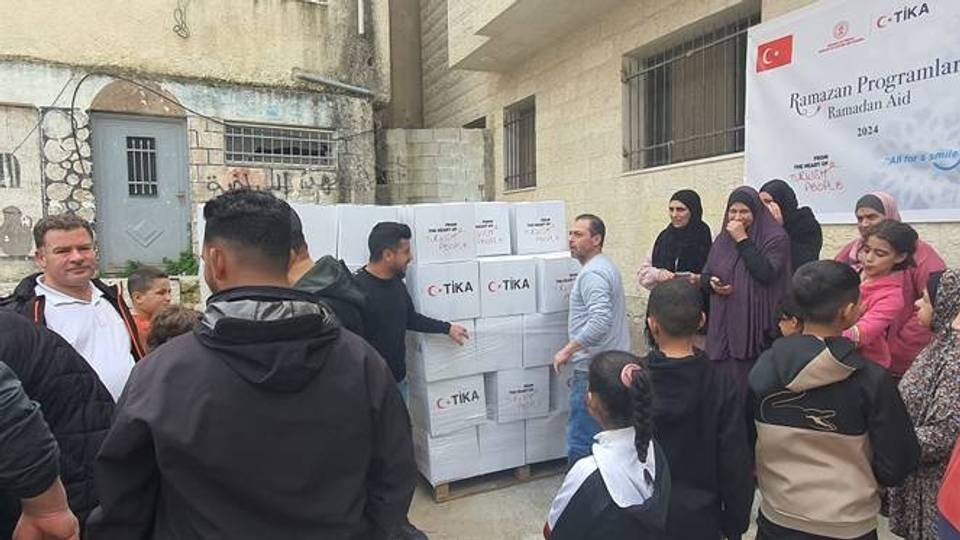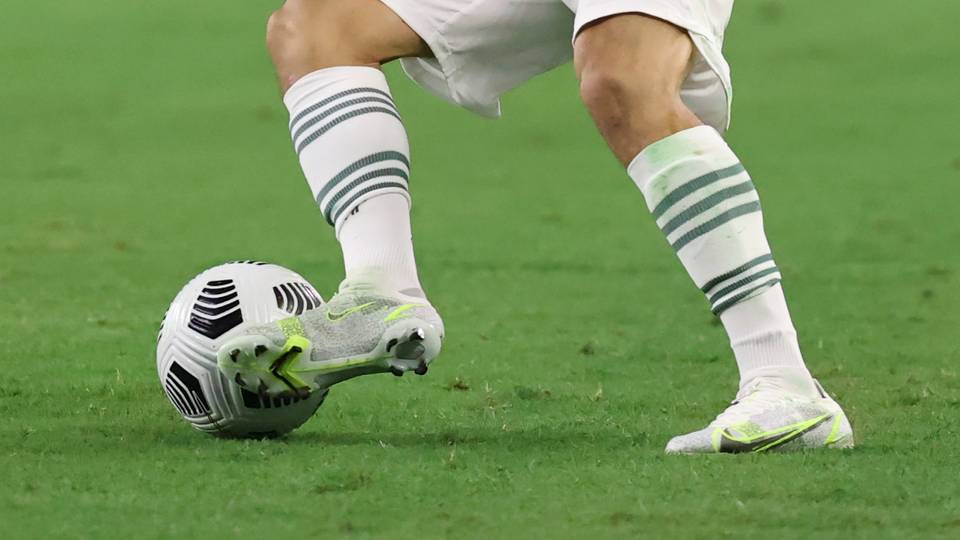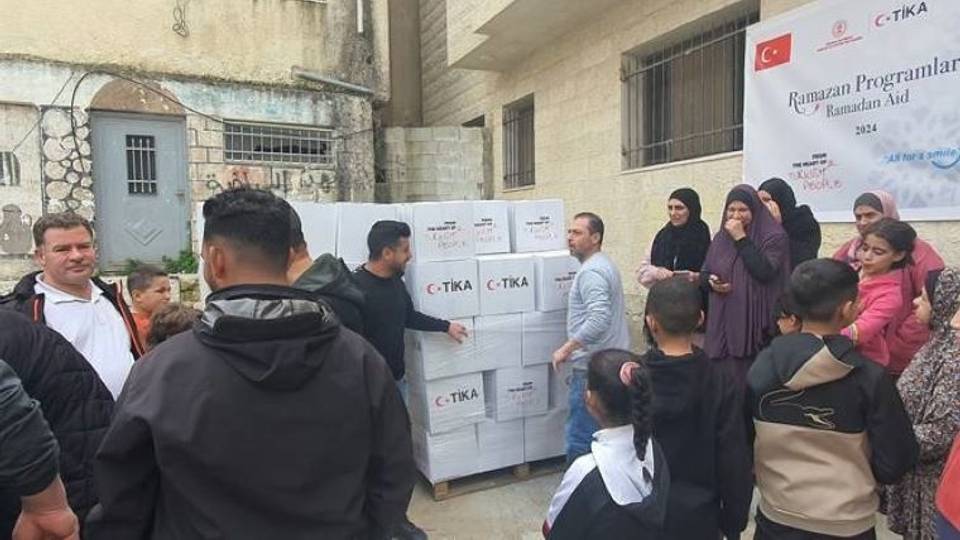Sport
Dollar
38,8109
0.03 %Euro
43,6021
0.32 %Gram Gold
3.961,5300
0.01 %Quarter Gold
0,0000
%Silver
0,0000
%There are 91 countries globally that owe the International Monetary Fund (IMF) money, with Africa's 47 nations accounting for 52% of the countries in arrears.
By Brian Okoth
Forty-seven African countries owe the International Monetary Fund (IMF) arrears ranging from billions to millions of US dollars, with Egypt being the most indebted, while Lesotho has the least loan obligation.
Three African countries — Botswana, Eritrea and Libya — have never taken an IMF loan.
Nigeria, which cleared its IMF loan of $3.4 billion in April 2025, was struck off the debtors' list.
Zimbabwe has, on several occasions recently, been denied loan by the IMF, which cites the country's heavy debt burden as a threat to repayment.
Africa accounts for 52% of indebted countries
Mauritius is the other country not listed on the IMF debtors' list.
There are 91 countries globally that owe the IMF money, with Africa's 47 nations accounting for 52% of the countries in arrears.
Argentina's $40.3 billion debt is the heaviest on the IMF list as of mid-May 2025, followed by Ukraine's $10.8 billion and then Egypt's $8.5 billion.
The IMF is a lender of last resort, meaning it offers loans to cater to crises and emergency situations, and not for development or other related purposes.
Loan conditions
However, before extending a loan, the IMF often gives conditions to borrower nations.
The conditions may include winding down some government parastatals, introducing more taxes, and discontinuing social welfare programmes such as fuel and food subsidies.
Below is the list of African countries with IMF debt, and how much each owes the crisis lender, as of May 13, 2025, according to IMF's published data:
1. Egypt – $8.5b
2. Kenya – $3b
3. Angola – $2.8b
4. Côte d'Ivoire – $2.6b
5. Ghana – $2.4b
6. DRC – $1.8b
7. Ethiopia – $1.4b
8. Cameroon – $1.2b
9. Senegal – $1b
10. Tanzania – $1b
11. Zambia – $993m
12. Uganda – $993m
13. Sudan – $992m
14. Morocco – $938m
15. Benin – $715m
16. Madagascar – $702m
17. Rwanda – $607m
18. Tunisia – $579m
19. Mozambique – $545m
20. Chad – $468m
21. Gabon – $440m
22. Niger – $420m
23. Mali – $418m
24. South Africa – $381m
25. Congo Republic – $353m
26. Sierra Leone – $337m
27. Guinea – $327m
28. Burkina Faso – $324m
29. Malawi – $308m
30. Mauritania – $305m
31. Togo – $303m
32. South Sudan – $246m
33. Central African Republic – $200m
34. Liberia – $181m
35. The Gambia – $117m
36. Burundi – $100m
37. Seychelles – $97m
38. Namibia – $96m
39. Somalia – $87m
40. Cape Verde – $72m
41. Equatorial Guinea – $60m
42. Guinea-Bissau – $52m
43. Djibouti – $32m
44. Sao Tome and Principe – $27m
45. Comoros – $19.9m
46. Eswatini – $19.6m
47. Lesotho – $11.7m
48. Botswana (never taken IMF loan)
49. Libya (never taken IMF loan)
50. Eritrea (never taken IMF loan)
51. Nigeria (cleared $3.4b IMF loan in April 2025)
52. Algeria (declined to take loan in 2020)
53. Zimbabwe (IMF declined to extend loan in 2021)
54. Mauritius (not listed)
Comments
No comments Yet
















Comment